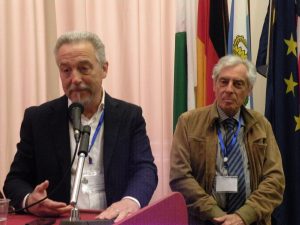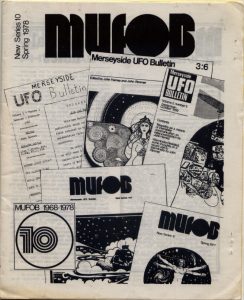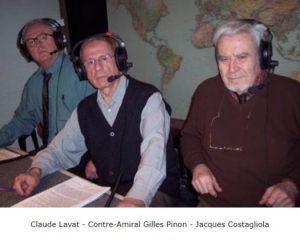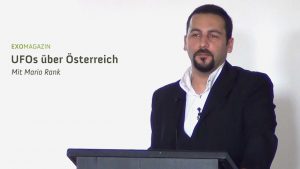 It’s just arrived in Italian bookshops Il libro bianco degli UFO in Italia (The White Paper of UFOs in Italy), by Moreno Tambellini and Franco Marcucci (Armenia publisher, 350 pages).
It’s just arrived in Italian bookshops Il libro bianco degli UFO in Italia (The White Paper of UFOs in Italy), by Moreno Tambellini and Franco Marcucci (Armenia publisher, 350 pages).
This is not the usual book made of anecdotal sightings patched up from here and there, as is unfortunately the case of too many UFO publications, not only in our country. The volume is instead the result of a project representing the evolution and the deepening of a pioneer collection and cataloguing work started by Sezione Ufologica Fiorentina (Florence UFO Section) and in particular by Solas Boncompagni) in the 1960s.
That longtime work led to the publication of six volumes of the “UFOs in Italy” book series (published from 1974 to 2012), covering Italian case histories throughout the twentieth century, but over the years it had gone more and more losing the original intention to provide not only a collection but also a selection and evaluation of each report, on the basis of a proper “veridicity index”.
 What was meant by Tambellini and Marcucci (both members of SUF third generation) was precisely a return to the origins of that project, by re-elaborating objective criteria to select the 43 best cases (as of reliability of the testimonies) among the approximately 12,000 files registered in the SUF archive (now merged into Centro Ufologico Nazionale’s files).
What was meant by Tambellini and Marcucci (both members of SUF third generation) was precisely a return to the origins of that project, by re-elaborating objective criteria to select the 43 best cases (as of reliability of the testimonies) among the approximately 12,000 files registered in the SUF archive (now merged into Centro Ufologico Nazionale’s files).
The book presents those best cases in detail, based on the documentation (not always complete, alas) available to the authors.
The result notwithstanding, this is a methodology that – unlike almost everything that can be found in bookstores and on newsstands in our country – is starting from case histories and is trying to apply rational, objective and homogeneous criteria to its analysis: an approach that moves along the line that has always characterized our own way at CISU.





 A passionate reader and student of social psychology, folklore and witchcraft, Rogerson wrote a lot of articles, always unconventional, mostly centered on cultural and “humanistic” (as he said) components of the UFO subject, as well as hundreds of book reviews, in forty years of publications of what was originally called “Merseyside UFO Bulletin”, then
A passionate reader and student of social psychology, folklore and witchcraft, Rogerson wrote a lot of articles, always unconventional, mostly centered on cultural and “humanistic” (as he said) components of the UFO subject, as well as hundreds of book reviews, in forty years of publications of what was originally called “Merseyside UFO Bulletin”, then  Expecially interested in the potential health risks of what he called “toxic close encounters”, he was best known for his 1988 book
Expecially interested in the potential health risks of what he called “toxic close encounters”, he was best known for his 1988 book 



 The first book is titled
The first book is titled 

